Adire Fabric: A Timeless Art Form from Nigeria
In the world of textile traditions, Adire stands out as a vibrant and distinctive fabric originating from Nigeria. Adire, which means “tie and dye” in the Yoruba language, has a rich history that spans centuries. This unique art form has captivated people with its intricate patterns, vibrant colors, and cultural significance. In this blog post, we will explore the origins, techniques, and enduring appeal of Adire fabric.
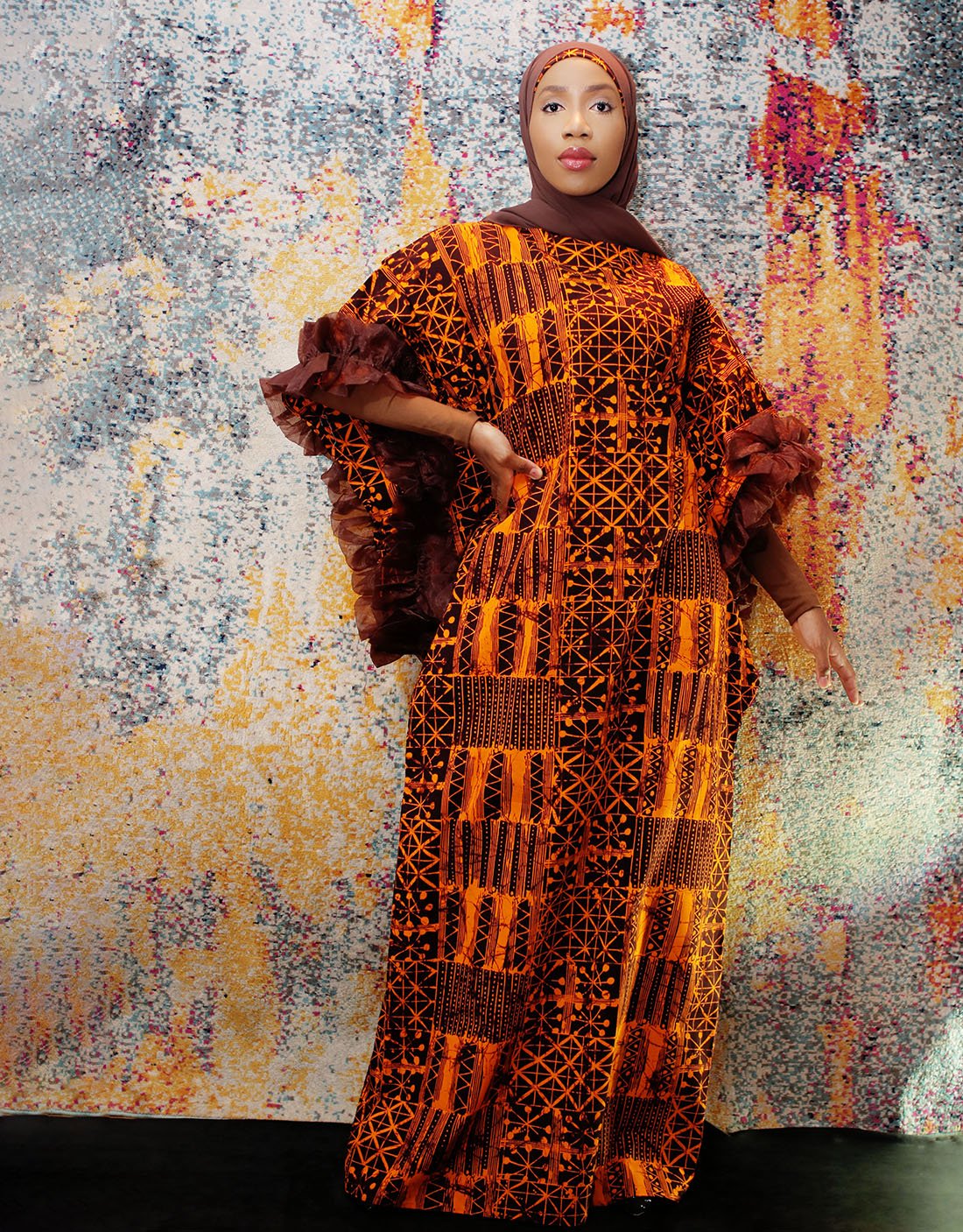
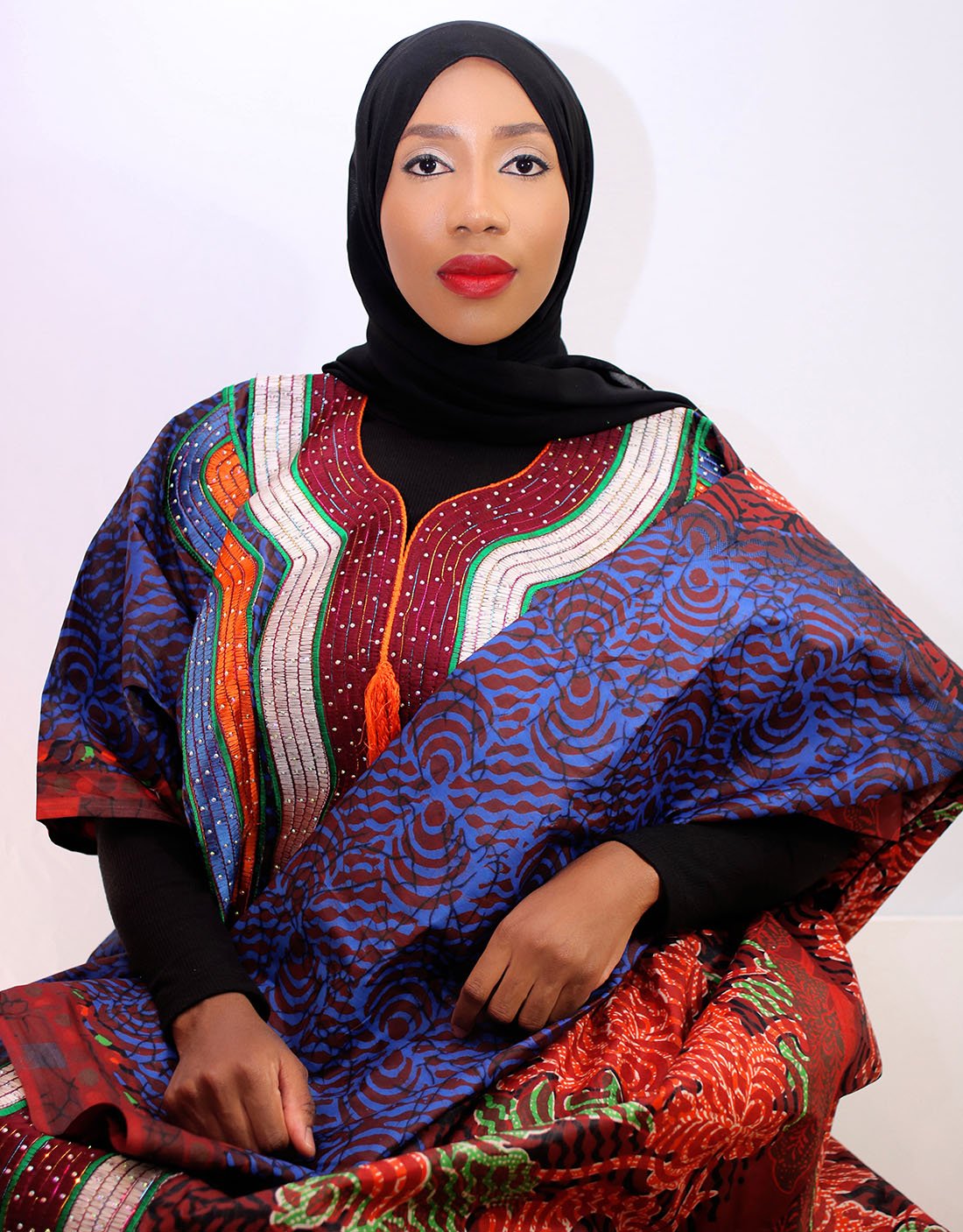
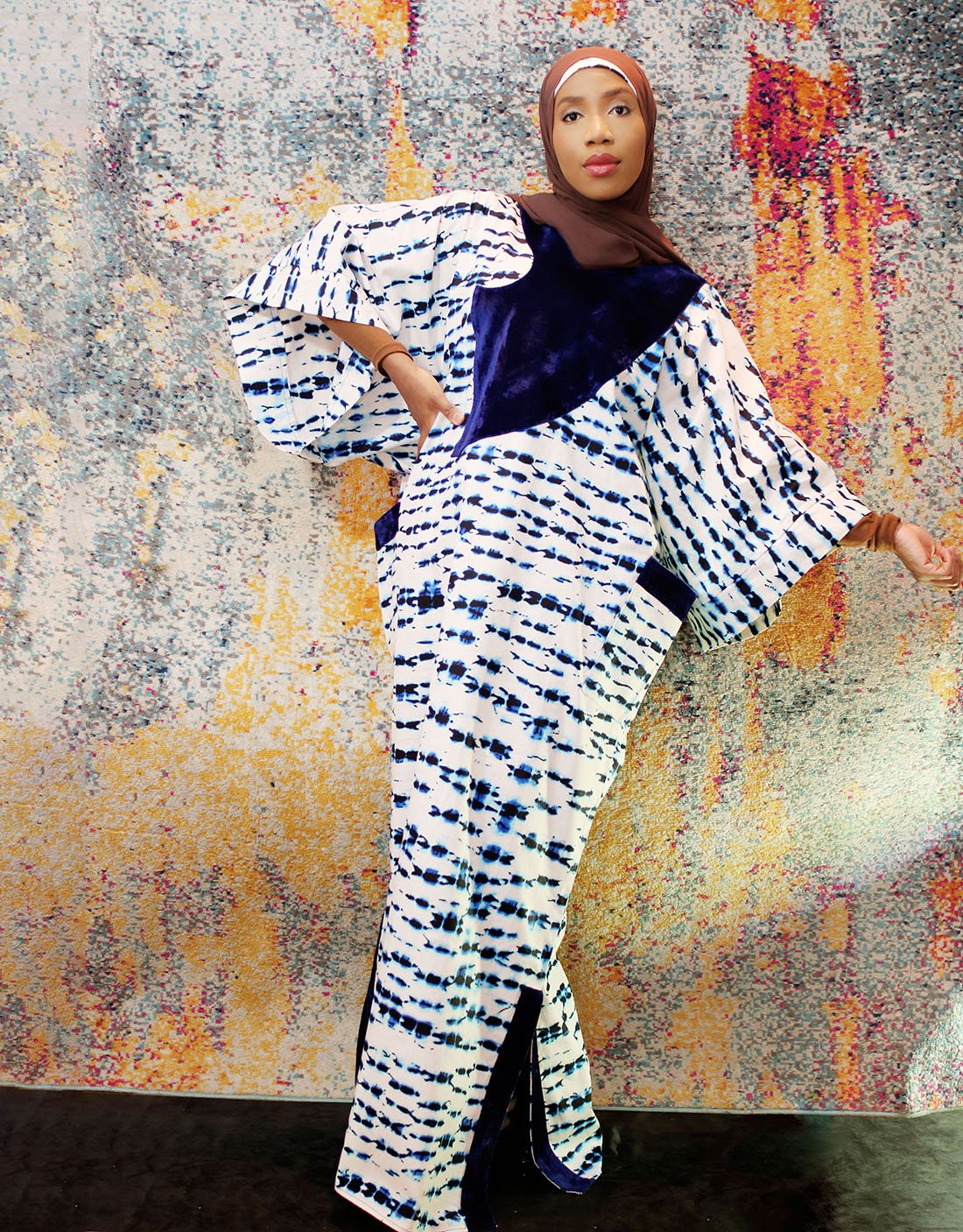

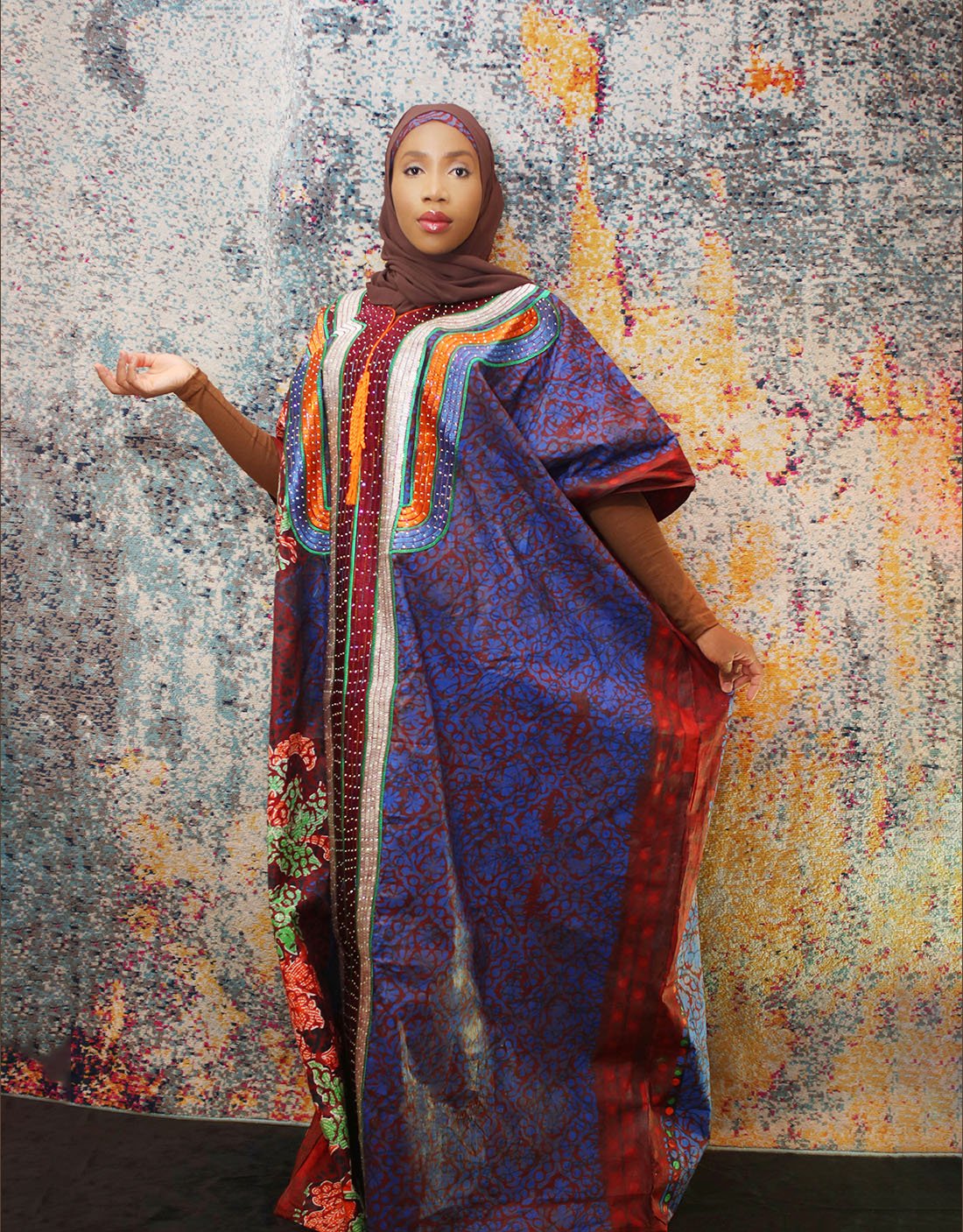
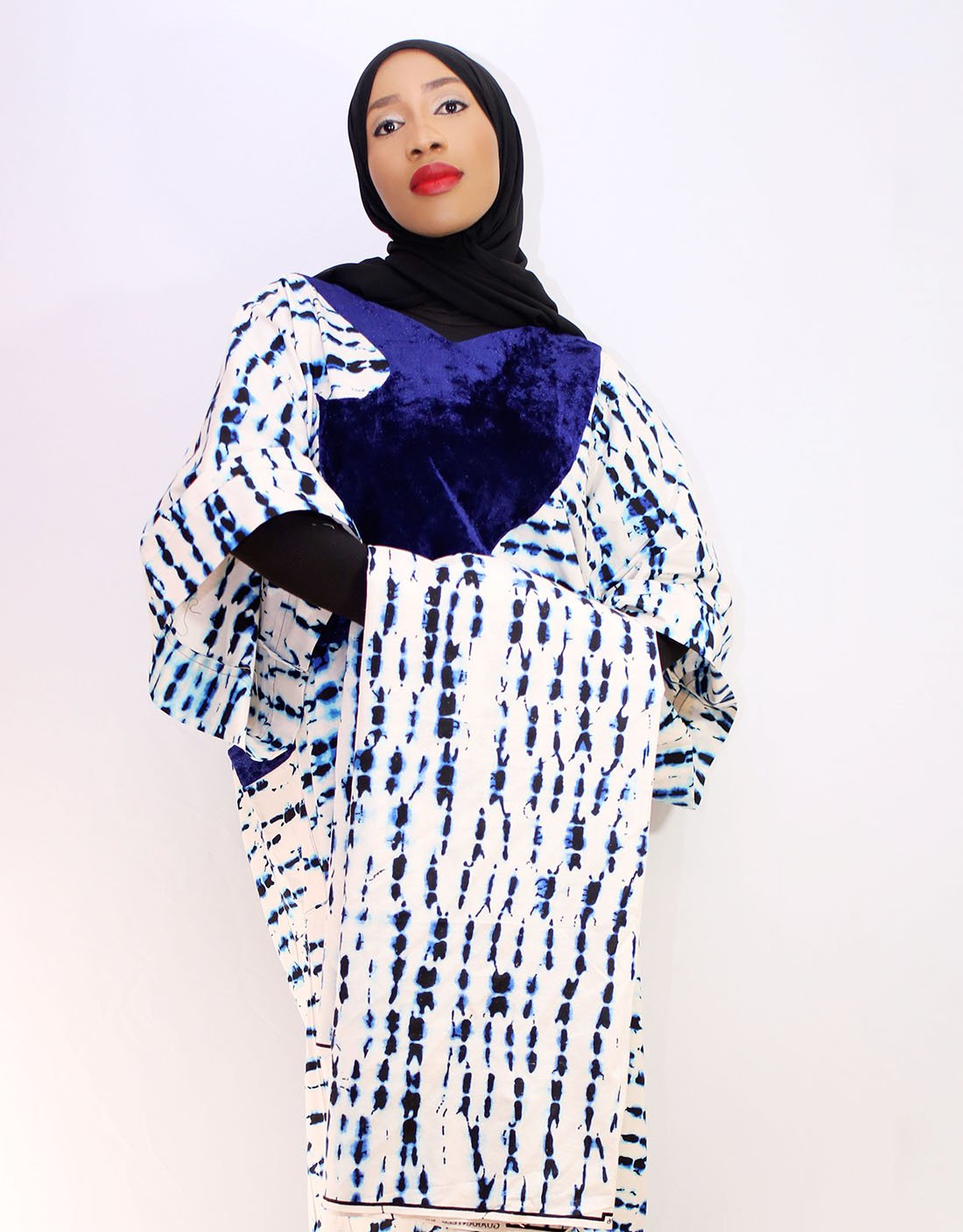
Origins and Cultural Significance
Adire fabric has its roots in the Yoruba culture of Nigeria, specifically among the women of the Abeokuta region. Historically, Adire was worn by the Yoruba people for special occasions and ceremonies, representing wealth, status, and cultural identity. The fabric played a significant role in the expression of Yoruba heritage, as each pattern and motif had symbolic meaning.
Traditional Adire Techniques
The creation of Adire fabric involves a labor-intensive process that requires skill, patience, and creativity. The technique primarily involves resist dyeing, where certain areas of the fabric are protected from dye penetration using various methods. There are two main types of Adire techniques:
Adire Eleko: This technique involves hand-painted designs using a cassava paste as a resist agent. Skilled artisans draw intricate patterns on the fabric using a small broom-like tool called “adire eleko” or a stencil. Once the paste is applied, the fabric is dipped into a dye bath. After dyeing, the cassava paste is washed off, revealing the contrasting patterns.
Adire Oniko: In this technique, the resist agent is applied by tying raffia or thread tightly around portions of the fabric. The tied areas resist the dye, creating intricate patterns when the fabric is dyed. The tying process requires precision and creativity, as it determines the final design.
Enduring Appeal and Contemporary Adaptations
Adire fabric has transcended its traditional roots and gained international recognition for its beauty and craftsmanship. Its timeless appeal has led to the incorporation of Adire designs in modern fashion, home decor, and art.
Today, Adire fabrics are not only made using traditional techniques but also through modern adaptations that involve screen printing and machine techniques. This blending of traditional and contemporary methods ensures the preservation of Adire’s cultural heritage while making it accessible to a wider audience.
Appreciation and Sustainability
The growing global appreciation for Adire fabric has helped empower local communities and artisans. It has provided opportunities for economic growth and cultural preservation.
Organizations and designers are actively working to promote sustainable practices by using natural dyes and supporting fair trade principles.
Furthermore, initiatives are being undertaken to document and preserve the ancient knowledge associated with Adire fabric-making.
Workshops, exhibitions, and educational programs are held to pass on the skills and techniques to future generations, ensuring the continuity of this extraordinary art form.
In conclusion, Adire fabric represents a unique blend of art, culture, and heritage. Its intricate patterns, vibrant colors, and cultural significance make it a treasured textile tradition from Nigeria.
With its enduring appeal and contemporary adaptations, Adire continues to inspire designers, artists, and enthusiasts around the world.
By embracing and supporting Adire, we contribute to the preservation of a rich cultural legacy and empower the communities behind this remarkable art form.





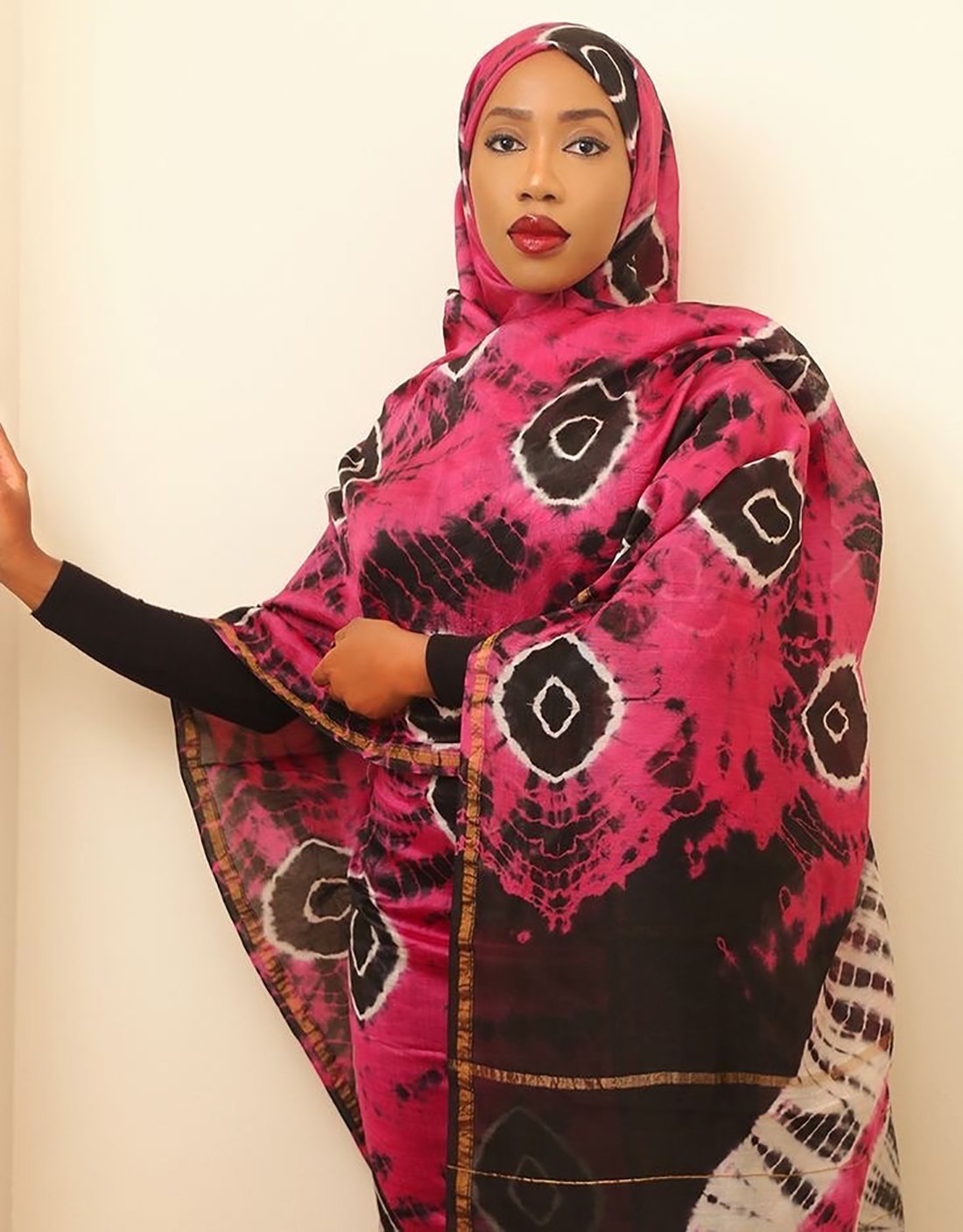
Leave a comment
Your email address will not be published. Required fields are marked *